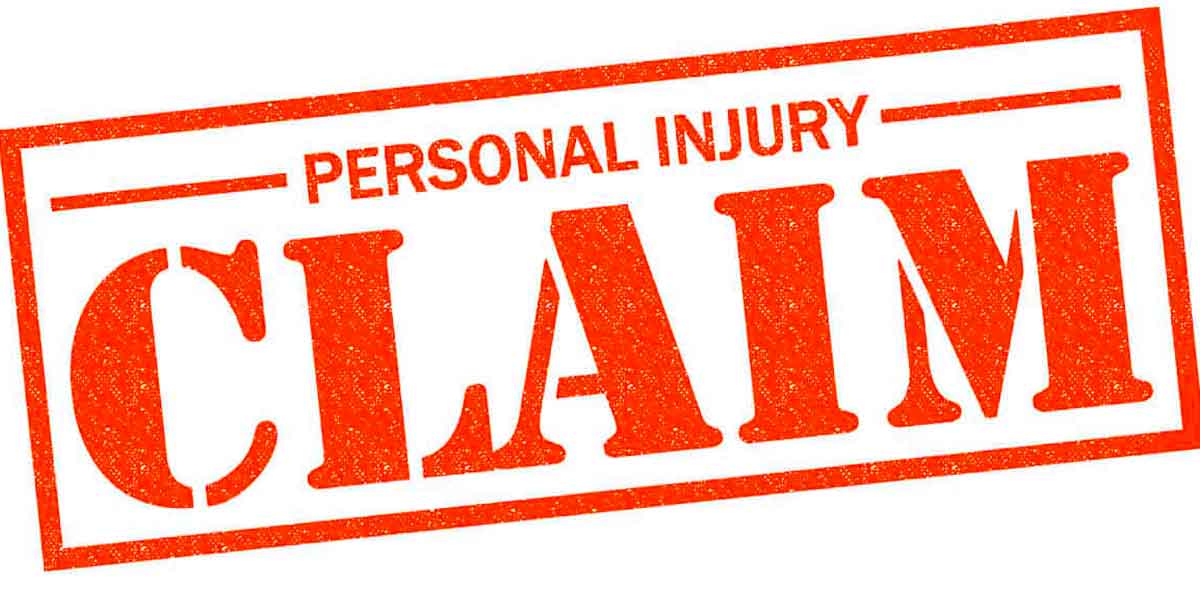Accidents can happen to anyone at any time. Some accidents are minor and are easy to recover from. Others, however, are so severe that they can have devastating effects on almost every aspect of a person’s life. Extensive physical injuries may make it difficult to work or perform daily tasks. In addition, any time lost from work coupled with increasing medical bills can lead to a tenuous financial situation. However, through a personal injury claim, you may be able to receive monetary compensation. If your accident and injuries were the result of someone else’s negligence or misconduct, you can file a personal injury claim which would require the person or entity at fault to pay for the damages and injuries they caused.
In New York, the damages to be recovered in a personal injury case are usually divided into two types: economic and non-economic damages. As the name suggests, economic damages cover quantitative losses that can be calculated based on a fixed amount. Non-economic damages, on the other hand, require a different approach as it is difficult to assign a monetary value to concepts like pain and suffering. In the following sections, we’ll go over these two types of compensation in more detail and look at how they are calculated. If you have been injured as a result of someone’s negligence or misconduct and are facing any kind of hardship as a result, reach out to Novo Law Firm PC. We have 20 years of experience handling personal injury claims. Our attorneys can help you get your life back on track by securing the compensation you deserve.
Determining economic damages
Personal injury encompasses a wide range of possible injuries. These injuries, in turn, can yield a wide range of financial difficulties. This is where economic damages come in. The individual or entity responsible for your injury is also responsible for any subsequent financial hardships you’ve experienced as a result of your injury. Some of the most common economic damages in a personal injury case include: medical bills, income loss, and property damage. It is important to note that in some cases, economic damages may be extended to both current and future medical bills related the injury. Similarly, current and future income loss or future loss of earning capacity may also be covered by economic damages.
Usually, economic damages are easy to calculate as they are based on the financial expenses and losses the injured party has undergone as a result of their accident. For example, if you are unable to work for a month because of your injuries, the economic damages from your personal injury case would include the income you would have made in that timeframe.
Determining non-economic damages
Along with financial loss, personal injury cases may also come with a great deal of pain and suffering which, of course, are not as simple to calculate as a month’s worth of lost wages. Moreover, any accident that leaves you seriously injured can be extremely traumatic, causing emotional and mental distress. While there is no amount of money that can make up for this kind of affliction, the individual or entity at fault is, nevertheless, responsible for providing due compensation. Non-economic damages can vary depending on the extent the accident and injuries have affected different areas of your life. Some of these areas may include your home life, work life, relationships, or daily routine. These are general terms, but they cover a wide range of pain and suffering as well as mental and emotional distress like depression, insomnia, or anxiety to name a few.
There are usually two methods for determining what amount of non-economic damages are due to an injured party. One is known as the multiplier method which, as the name implies, involves multiplying each economic settlement by a factor that can be anywhere between 1.5 and 5. What determines the multiplying factor is the injured party’s proof of the impact their injuries have had on their mental and emotional health. The more evidence you present to sustain your claim for non-economic damages, the higher the multiplier will be.
The second method for determining non-economic damages is called the per diem method. This method is based on the premise that dealing with injuries while trying to manage daily life is akin to an actual job. As such, the per diem method establishes a standard daily value and then multiplies that value by the number of days you were affected by the injuries you sustained.
It is important to keep in mind that as the claimant in a personal injury case, it is your responsibility to provide sufficient proof and evidence of your injuries, financial hardship, as well as any mental or emotional distress you have suffered in order to receive economic and non-economic damages. If you have any questions or concerns about a personal injury claim or want to know if you have a case, contact Novo Law Firm PC. Our personal injury attorneys can help guide you through the process of financial recovery and make sure you receive full and fair compensation for your injuries.







